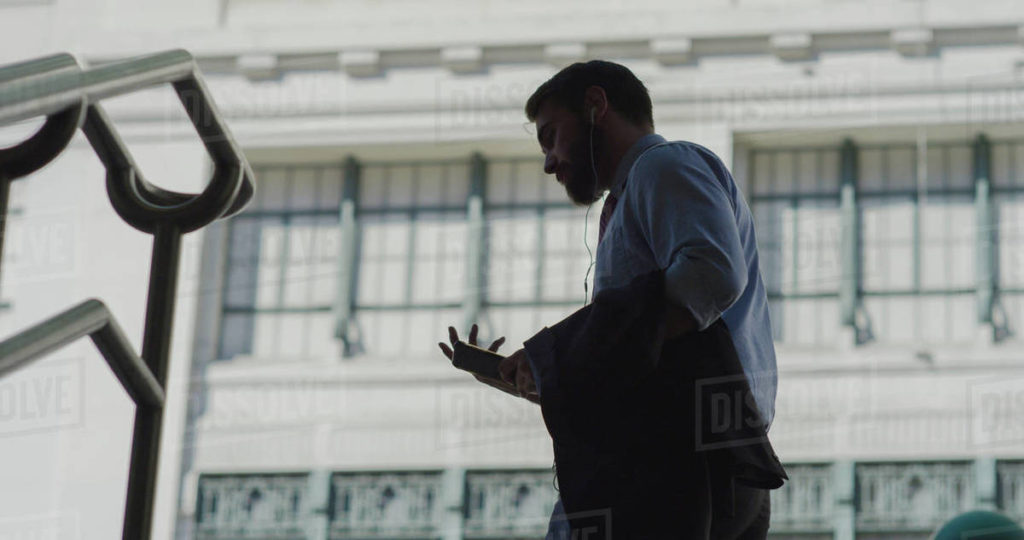Structuralism has been very powerful in its influence on narrative theory. Its main virtue is that it is most interested in those things that narratives have in common, rather than in the distinctive characteristics of specific narratives.
When looking at moving image products, it is therefore possible to look for patterns, codes, conventions that share a common features. In other words, narrative theories look at recognisable and familiar structures, that help us to understand both how narratives are constructed and what they might mean.
Narratives are organised around a particular theme and space and are based in an idea of time
they start at ’00:00′ and run for a set length. This means that they normally have a beginning, middle and end. “A whole is what has a beginning and middle and end” Aristotle Poetics (c.335BC).
Vladimir Propp (character types and function)
suggests that stories use STOCK CHARACTERS to structure stories. That is not to say that all characters are the same, but rather to suggest that all stories draw on familiar characters performing similar functions to provide familiar narrative structures.
CHARACTERS FUNCTION TO PROVIDE NARRATIVE STRUCTURE:
- Hero
- Helper
- Princess
- Villain
- Victim
- Dispatcher
- Father
- False Hero
Definitions:
Elision – he omission of a sound or syllable when speaking (as in I’m, let’s ).
Elipsis – the omission from speech or writing of a word or words that are superfluous or able to be understood from contextual clues.
Simultaneous narrative – Narrative art is art that tells a story, either as a moment in an ongoing story or as a sequence of events unfolding over time. Some of the earliest evidence of human art suggests that people told stories with pictures.
Parallel narrative – denotes a story structure in which the writer includes two or more separate narratives linked by a common character, event, or theme. Parallel stories enrich a work and have been used by playwrights and novelists for centuries.
Dramatic Irony – the expression of one’s meaning by using language that normally signifies the opposite, typically for humorous or emphatic effect.
Foreshadowing – be a warning or indication of (a future event)
Non-sequiturs – A non sequitur is a conclusion or reply that doesn’t follow logically from the previous statement. … Non sequiturs are often used for comedic effect in movies, novels, and TV shows. When someone says a non sequitur, it usually means the person was off in her own thoughts and not listening to the other person.
Light & shade – Light is the positive moments within the film such as humor which lighten the tone or mood of the movie. Shade is the darker moments within the film.









